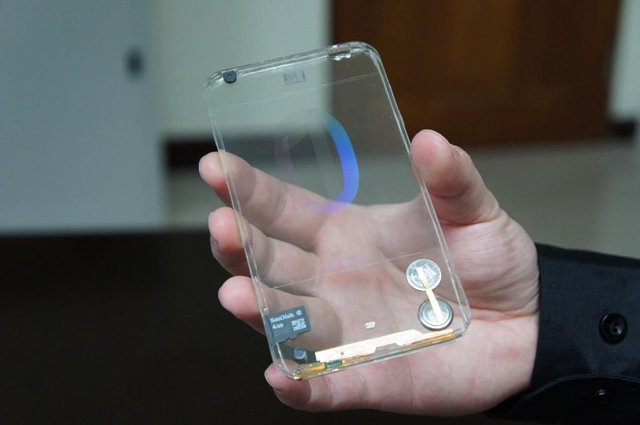A little more on Glass - Must Know...
Glass varies in thier types. It is determined by the functions thaey are expected to perform.
Generally, we have the following classifications of glass
- Translucent glass
- Transparent glass
- Special glass
- Other glass produce
Translucent glass:

this type of glass allows light to pass through it and it doesn't allow total vision. examples are
- Rough cast glass: they are produced by passing molten glass through rollers in which either gives smooth finish or where the rollers are patterned they give patterned glass. This type of glass doesn't give optical vision and it is made in low quality
- Wired rough cast glass: in this type of glass, wire mesh are electrically welded at interceptions and are centrally embedded in the glass during production. This is usuat the rolling stage. The wire mesh doesn't necessarily reinforce the glass but enhances the safety measure by holding fragments of broken glass together used in spaces of high risk. Wire glass may be fixed to have better fire resistance.
- Patterned glass: This is a glass with various design pattern on thier surfaces which is achieved by running patterned rollers on molten glass. They are used in instances where some degree of obscurity is needed and vision is not primarily important.
Transparent glasses

These are glasses whose primary option is not just to allow tight but also vision which may be partial or totally clear.
- Drawn sheet glass: The earliest form of transparent glass was in the form of drawn sheet where molten glass was vertically drawn off through special devices vertically from a tank into an annealing tower. Here, the rate of drawing determines the thickness of the glass. The drawn sheet after cooling are then cut into different sizes. The major setback in this production results from the fact that the two sides of the drawn sheet were never really smooth and at such it didn't give optically clear vision.
- Polished plate glass: Here a ribbon of rough cast glass is passed through machines which in turn grinds and smoothens the two surfaces simultaneously.
- Clear plate glass: This refers to glass having flat and parallel surfaces which gives clear and undistorted vision.
- Float glass: A continuous ribbon of molten glass is floated across a surface of molten tin in a controlled atmosphere where the upper surface is fairly polished and other surface is polished by contact with themetal. Both surfaces are flat and parallel. This mode of production has been in use since 1959 and most glasses today are produced by this method.
Special glasses
This is a glass material with more specialized form, they have certain attributes and characteristics impacted in them. This gives a wide variety of glass types that could be used under various conditions or specifications. For example toughened glass. When glass is heated and suddenly cooled by ejection of air, the surface is put into compression and the interior into tension although, there may be some visual distortion, the glass becomes stronger, tougher, and more flexible than it was in its original annealing form. When fixed properly or normally, the strength is about 4 to 5 minutes that of annealing glass of the same thickness.